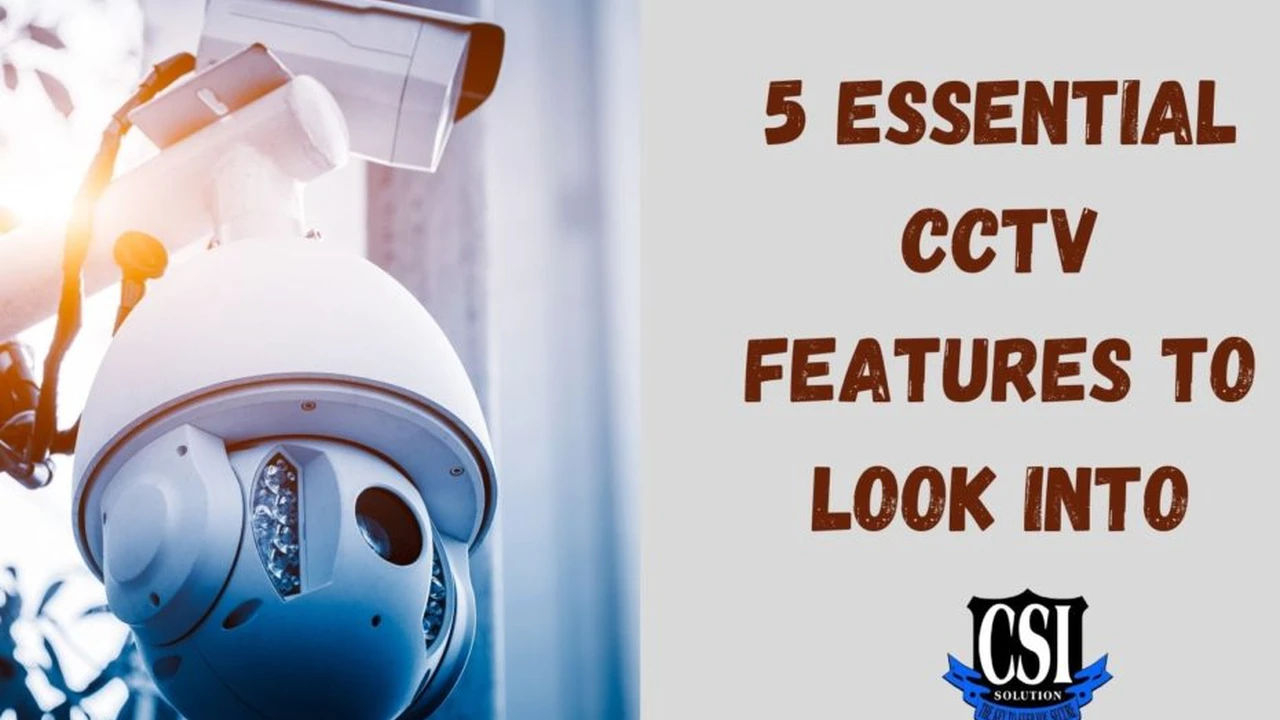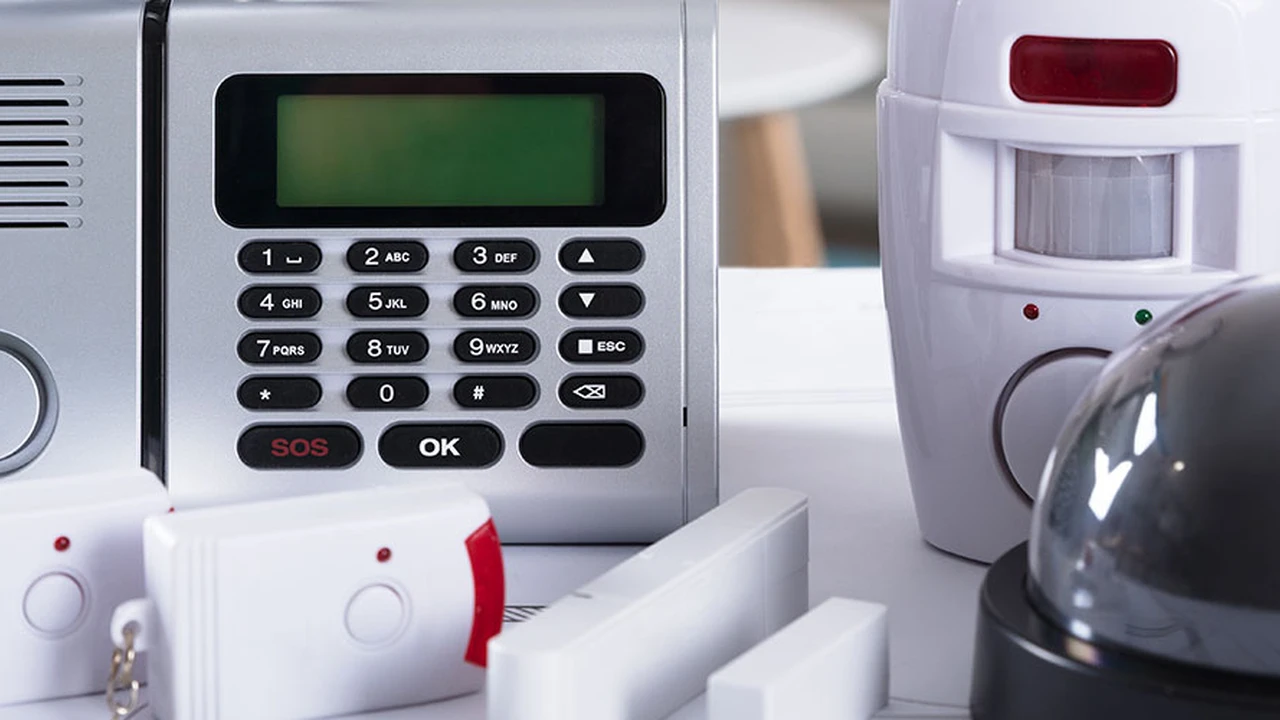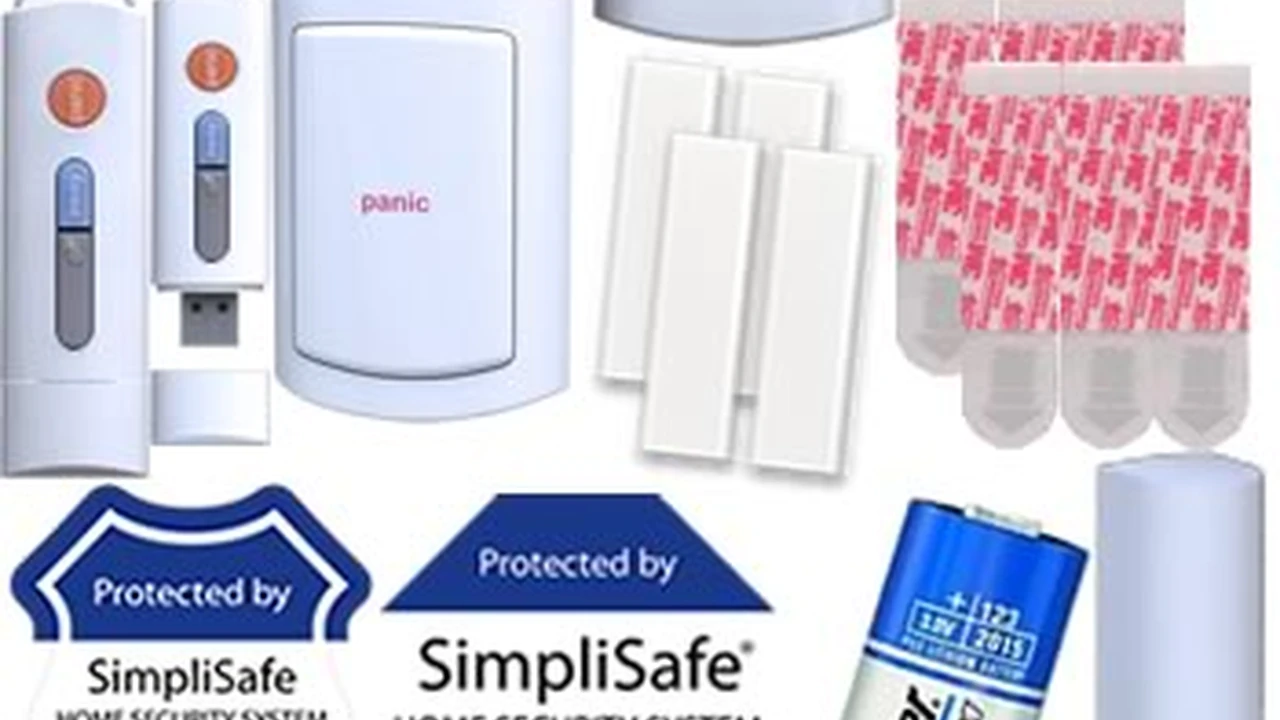3 Essential Features of Modern CCTV Systems
Explore the three most important features that define modern CCTV surveillance systems for enhanced security.

3 Essential Features of Modern CCTV Systems
High-Resolution Imaging and Advanced Video Analytics
When we talk about modern CCTV systems, the first thing that often comes to mind is crystal-clear imagery. Gone are the days of grainy, indistinguishable footage. Today's surveillance systems boast high-resolution imaging, often reaching 4K or even 8K, providing unparalleled detail. This isn't just about seeing more; it's about seeing better. Imagine being able to zoom in on a license plate from a considerable distance or clearly identify a face in a crowd. This level of detail is crucial for evidence collection and proactive threat detection.
But high resolution is only half the story. The real game-changer in modern CCTV is advanced video analytics. This isn't just about motion detection anymore. We're talking about sophisticated algorithms that can interpret what they see. For instance, object detection can differentiate between a person, a vehicle, or an animal, significantly reducing false alarms. Facial recognition technology, while raising privacy concerns, is becoming increasingly prevalent in commercial and public security, allowing for the identification of known individuals or persons of interest. License plate recognition (LPR) is another powerful tool, automatically capturing and logging vehicle information, which is invaluable for parking management, access control, and tracking suspicious vehicles.
Beyond identification, behavioral analytics can detect unusual patterns, such as loitering in restricted areas, crowds forming unexpectedly, or even abandoned packages. This proactive approach allows security personnel to intervene before an incident escalates. For retail environments, heat mapping can identify high-traffic areas, providing insights into customer behavior and store layout effectiveness. These analytics transform CCTV from a passive recording device into an intelligent, active security tool.
Let's look at some product examples. For high-resolution imaging, the Hikvision DS-2CD2T87G2-L is a popular choice, offering 8MP (4K) resolution with ColorVu technology for vivid color images even in low light. It typically retails for around $250-$400. For advanced analytics, the Axis Communications P3248-LV is a robust option, featuring Lightfinder 2.0 and Forensic WDR, alongside built-in analytics like object detection and motion detection. This camera usually falls in the $700-$1000 range. Another strong contender is the Dahua IPC-HFW5842E-ZE, an 8MP camera with AI features like perimeter protection and SMD Plus, which can distinguish between vehicles and humans. Its price point is generally between $300-$600. These cameras are ideal for businesses, large homes, or public spaces where detailed monitoring and intelligent alerts are paramount.
Seamless Integration and Remote Accessibility
A standalone CCTV system, no matter how advanced, has limitations. The second essential feature of modern CCTV is its ability to seamlessly integrate with other security and smart home systems. This means your cameras aren't just recording; they're communicating with your alarm system, access control, smart lighting, and even your HVAC. Imagine a scenario where a camera detects an intruder; it can automatically trigger the alarm, lock doors, turn on all lights, and send an alert to your phone, all without you lifting a finger. This interconnectedness creates a truly comprehensive security ecosystem.
Integration extends beyond just security components. Modern CCTV systems can be part of a larger smart home or smart building automation system. This allows for centralized control and automation, making your security system more efficient and user-friendly. For businesses, integration with point-of-sale (POS) systems can help combat theft and fraud by overlaying transaction data onto video footage. For residential users, integration with voice assistants like Amazon Alexa or Google Assistant allows for hands-free control and quick status checks.
Remote accessibility is another non-negotiable feature. In today's mobile world, you need to be able to monitor your property from anywhere, at any time. Modern CCTV systems offer robust mobile apps and web interfaces that allow you to view live feeds, review recorded footage, receive alerts, and even control camera functions (like pan, tilt, and zoom) from your smartphone, tablet, or computer. This provides immense peace of mind, whether you're at work, on vacation, or just in another room.
Cloud storage and remote backup options are also becoming standard, ensuring that your footage is safe even if your on-site recording device is compromised. This also facilitates easy sharing of footage with law enforcement or insurance companies when needed. The convenience and flexibility offered by seamless integration and remote accessibility are what truly elevate modern CCTV systems.
For integration, systems like Arlo Pro 4 (around $200-$250 per camera) offer excellent smart home integration with platforms like Apple HomeKit, Google Assistant, and Amazon Alexa, making them great for residential users. The Ring Stick Up Cam Battery (around $100-$150) also integrates well within the Ring ecosystem, connecting with Ring doorbells and alarms. For more robust commercial integration, platforms like Milestone Systems XProtect (software licenses vary widely, starting from a few hundred dollars for small systems) are designed to integrate various camera brands and security components into a single, manageable interface. These are often paired with cameras from brands like Axis or Hanwha. For remote accessibility, most modern IP cameras from brands like Reolink, Amcrest, and Lorex come with dedicated mobile apps that offer live viewing, playback, and push notifications, typically included with the camera purchase.
Robust Durability and Cybersecurity Measures
A security system is only as good as its weakest link. The third essential feature of modern CCTV systems encompasses both physical durability and digital resilience. Physically, cameras need to withstand the elements, especially if they are deployed outdoors. This means having an appropriate IP (Ingress Protection) rating for dust and water resistance, and an IK (Impact Protection) rating for vandal resistance. A camera that fails due to harsh weather or a deliberate attack is useless. Modern cameras are built with rugged casings, often metal, and designed to operate in extreme temperatures, ensuring continuous surveillance regardless of environmental challenges.
Equally, if not more, important are the cybersecurity measures. As CCTV systems become more connected and accessible remotely, they also become potential targets for cyberattacks. A compromised camera can be used to spy on your property, or worse, become an entry point for hackers to access your entire network. Modern CCTV systems prioritize cybersecurity with features like strong encryption for data transmission and storage, secure boot processes, regular firmware updates to patch vulnerabilities, and multi-factor authentication for remote access.
Network segmentation, where the CCTV system operates on a separate network from your main business or home network, is also a crucial best practice to prevent lateral movement in case of a breach. Manufacturers are increasingly focusing on secure-by-design principles, building security into the hardware and software from the ground up. Choosing reputable brands that have a strong track record in cybersecurity is paramount. Always change default passwords, use strong, unique passwords, and keep your system updated to protect against evolving threats.
For durable outdoor cameras, the Reolink RLC-810A (around $70-$100) is a popular choice, boasting an IP66 weatherproof rating and a sturdy metal casing, making it suitable for various outdoor conditions. The Amcrest UltraHD 4K IP Camera (IP8M-2496EW-V2) (around $100-$150) also offers an IP67 rating and robust construction. For cybersecurity, while specific features are often embedded within the system's firmware, brands like Axis Communications and Hanwha Techwin (Wisenet) are known for their strong emphasis on cybersecurity, offering features like signed firmware, secure boot, and advanced network security protocols. Their cameras, while pricier (ranging from $300 to over $1000 depending on the model), offer peace of mind regarding data protection. When purchasing, always check the product specifications for IP and IK ratings, and research the manufacturer's commitment to cybersecurity and regular firmware updates. These features ensure your investment in a CCTV system provides reliable and secure surveillance for years to come.
:max_bytes(150000):strip_icc()/277019-baked-pork-chops-with-cream-of-mushroom-soup-DDMFS-beauty-4x3-BG-7505-5762b731cf30447d9cbbbbbf387beafa.jpg)






